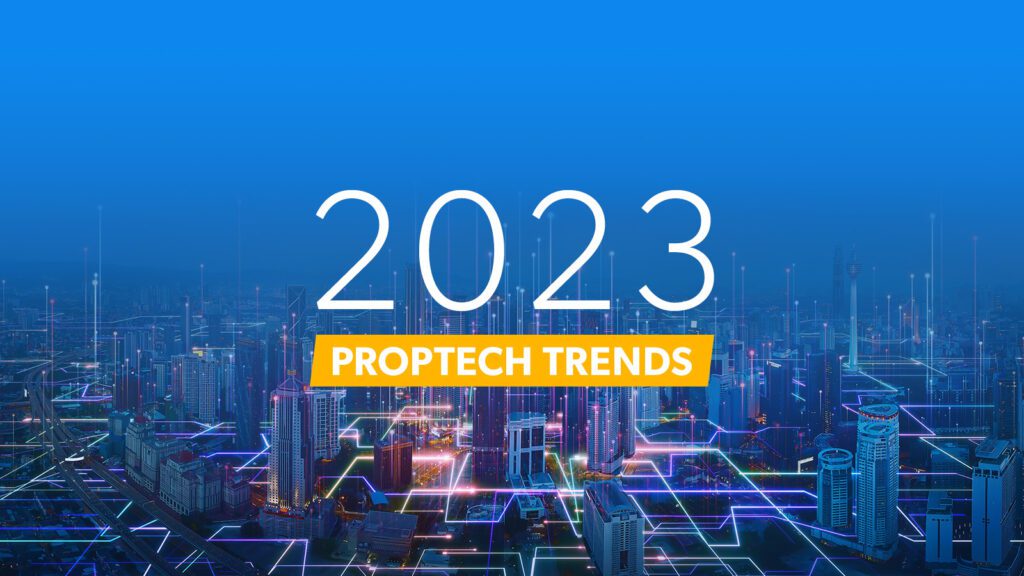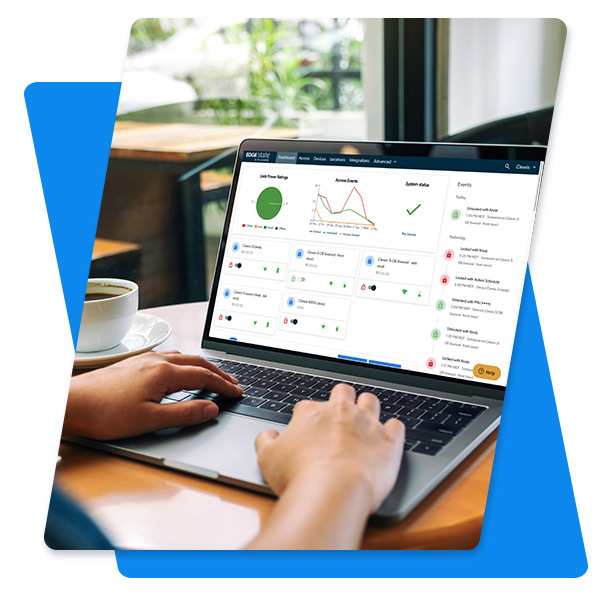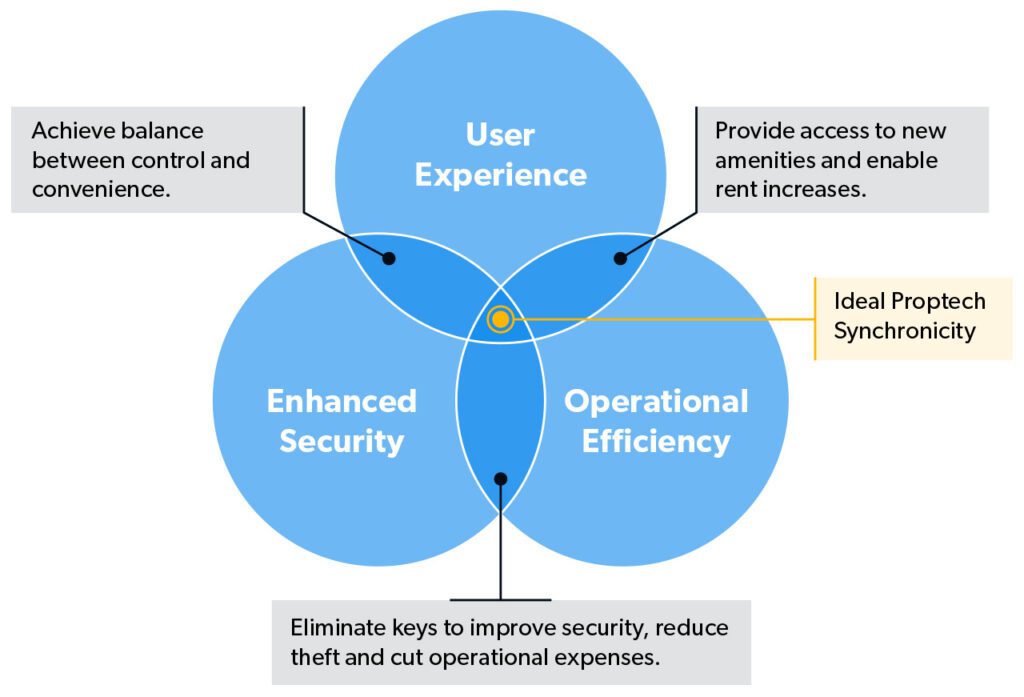Proptech Trends for 2023

Proptech has undoubtedly become one of the buzziest words of the decade. But what does it mean? The best definition I’ve found defines the category of property technology as “all the tech tools real estate participants use to optimize the way people buy, sell, research, market and manage a property.”
As I look at how this sector has evolved, it seems proptech solutions have split into two broad categories: 1.) Information Technology (IT) software, which includes property management, real estate CRM software, access control and resident/tenant experience software. Then, 2.) Internet of Things (IoT) hardware, which includes connected devices like locks, thermostats, leak detectors and parking gates. Proptech trends show that some solutions belong exclusively to only one of these categories; many will incorporate functions from both.
Why Is Proptech Surging?
The significant rise in proptech has been profoundly affected by the drop in cost of semiconductors and sensors. This has fueled one of the major proptech trends: the appearance of these technologies in more environments than ever before. Take leak detection as an example. In its nascent stages, this technology was exorbitant in price and used sparingly in select buildings of a real estate portfolio. Now, it’s affordable enough to employ anywhere—any class of building, even vacation rental homes. Access control is similar. In years past, it was only deployed in hardwired applications such as main entrances. Now, cloud-based access control platforms bring together hardwired access, interior doors with smart locks, even parking garages and elevators on one nimble system.
Another highlight in proptech trends? Innovative companies in both IT and IoT have been quick to ride this wave. They’ve zeroed in on the needs of the primary players in real estate; namely, builders, owners and operators, residents and tenants, and service providers (e.g., brokers, cleaners, property listing services, architects). These leaders recognize the distinct needs of these constituents, including:

Better User Experience
Access control is a prime example to illustrate user experience. Today, all users expect a smooth experience when interacting with physical spaces, without ever having to be inconvenienced by it. They want seamless entry at main entrances and unhindered progress to individual residential units and offices where they can control lighting and temperature. They also want control over one-time access like that for guests and deliveries.

Increased Operational Efficiencies/NOI
Property owners and managers in multifamily, commercial and vacation rental industries expect proptech to save them time, money and labor. They expect it to automate many of the more mundane management tasks, so they can focus on revenue-building strategies like increasing occupancy.

Enhanced Security
Increased interoperability between security technology providers (like access control) and other proptech providers is inevitable. There once was a perspective that security technology providers should be classified separately from proptech. Today, interoperability is one of the major proptech trends. As proptech providers scale their businesses, many need to interact with security technologies. For example, tenant experience applications that manage things like resident maintenance requests and visitor tracking must be integrated with security access systems in order to grant limited access to apartments for maintenance people and visitors. Proptech and security work hand-in-hand to be a more cohesive part of a property’s technology stack—another one of today’s dominant proptech trends. What’s more, this whole stack must be easy to learn and use from a single streamlined dashboard that gives complete visibility and control.
These core elements—user experience, operational efficiencies, security— are congruent. No one wants the most advanced user experience (i.e., a mobile app that gets you smoothly from curb to couch) that leaves holes in the security strategy. Nor would customers buy an extremely secure system that is so difficult to use that it’s actually inefficient. Instead, customers demand a customized formula of these three elements in any access control or proptech solution. The best part? This demand creates a synchronicity between these three elements. As you see below, that synchronicity yields even more benefits for users.

This synchronicity is the real beauty of this surge in proptech and the frontrunner when it comes to proptech trends. It necessitates more interoperability between systems. Whether we’re developing cloud-based access control, property management software or smart home solutions, we have to answer what our customers demand and develop technologies that play well together in an open, interconnected ecosystem. In addition to providing maximum value for our customers, interoperability aggregates data in one place and allows businesses to utilize their choice of systems to build a customized technology stack. Plus, interoperability fosters more automation and can enhance the capabilities of the entire solution.
Look for more interoperability in proptech in 2023. More and more technology providers will come to understand that an open API accommodates more integrations. And integrations enable ever more automations, which drive that valuable trifecta of better user experiences, more efficiencies and enhanced safety.

Nolan Mondrow
CEO
With more than 25-plus years of experience in software, telecommunications, e-commerce and international trade sectors, Nolan Mondrow is RemoteLock’s CEO. He’s held executive and leadership positions in both startups and Fortune 50 companies throughout his career. After Nolan had a hand in pioneering the industry’s first Wi-Fi connected locks, he’s been leading the charge at RemoteLock, the industry leader in access-centered property operations.
